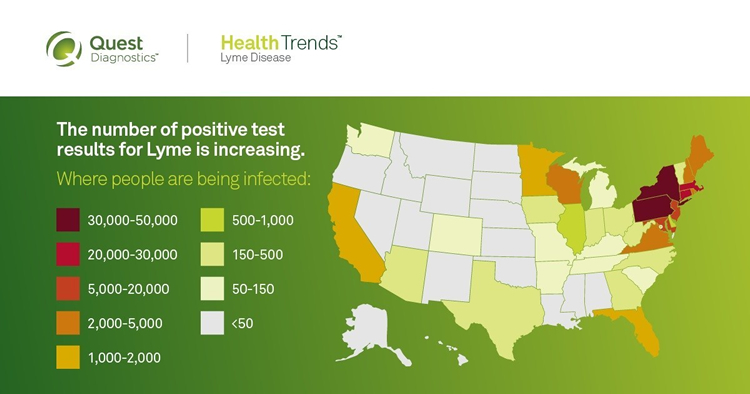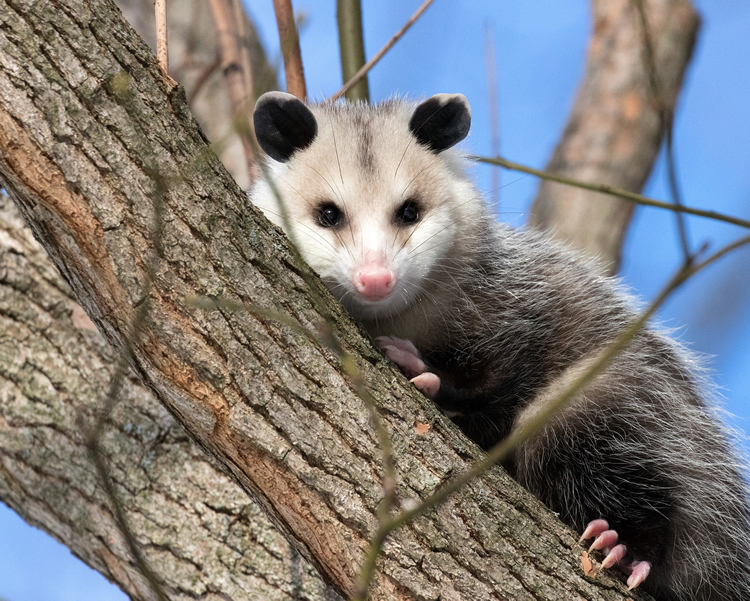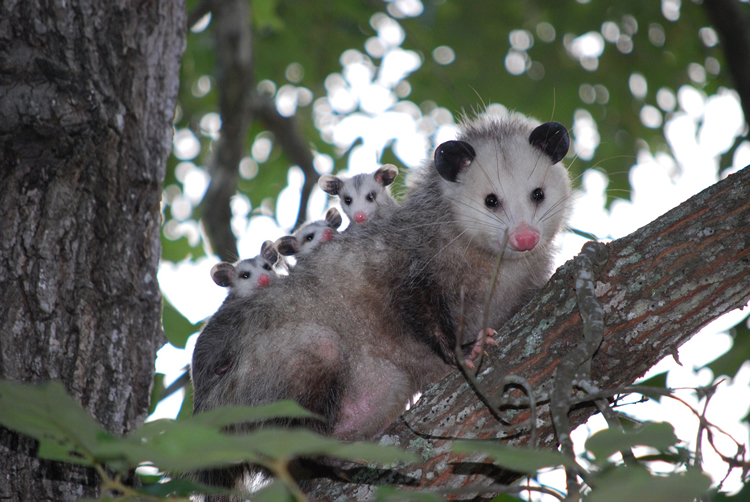Pet adoptions increase around the holidays.
Whether you’re adopting for the first time or you are an experienced pet owner, your goal is to create a safe and happy home for your new pet. You will likely research the best food recommendations, safest toys, and required vaccinations. You should also be aware of potentially dangerous pests that could make your pet sick, or worse.

Spiders are potentially dangerous pests for humans and pets.
Not all spiders are dangerous. But more than that, spiders are not necessarily as dangerous as we make them out to be. Most are not venomous, actually. However, if our pet were to encounter a brown recluse or a black widow, they could suffer pain and tissue damage.

Spider fun fact: All black widow spiders are venomous, but like mosquitoes, only females are harmful to humans and pets.
The best way to protect your pet from potentially dangerous spiders is to make sure they stay clear of spider habitats. This includes wood piles and dark spaces, such as areas beneath decks.
“Kissing bug” might sound cute, but they are dangerous pests.
While higher concentrations of kissing bugs are found in southern states, such as Texas and New Mexico, the disease they spread has been reported in Massachusetts. Like ticks and mosquitoes, kissing bugs feed on warm blood. Their host, including humans and pets, actually get a parasitic infection from this pest’s fecal matter. The infection is call Chagas disease. If your dog or cat likes to chase bugs or eat them, this activity could result in severe illness or even lead to death. Symptoms of Chagas disease include lethargy, loss of appetite and neurological problems.
Mosquitoes are not just a nuisance.
Mosquitoes can be very dangerous pests to our pets too. The bite from one infected mosquito can result in heartworm infection for dogs and cats. Heartworm is particularly dangerous for dogs. If left undiagnosed and untreated, the infection can lead to the death of your precious pup. Sadly, even when a dog is diagnosed with heartworm disease, the treatment can cause death. This is because the medication used to treat the infection kills the heartworms. As they die, they begin to decay and break apart. This process can cause a piece of a dead heartworm to move into your dogs heart or lungs. Additionally, dogs can have a dangerous reaction to the medication itself. Therefore, North Reading mosquito control is essential in the spring, summer, and fall.
Ticks are dangerous pests too.
 Ticks are some of the most widely known dangerous pests to humans and our pets. Not unlike a mosquito bite, a bite from a disease-infected tick can result in sever illness and death. Many believe that ticks do not quest or bite in the winter, but this is untrue. For this reason, we must be sure to employ North Reading tick control year-round. This means barrier treatment spray in the spring, summer, and fall – and tick control tubes in the late fall and winter.
Ticks are some of the most widely known dangerous pests to humans and our pets. Not unlike a mosquito bite, a bite from a disease-infected tick can result in sever illness and death. Many believe that ticks do not quest or bite in the winter, but this is untrue. For this reason, we must be sure to employ North Reading tick control year-round. This means barrier treatment spray in the spring, summer, and fall – and tick control tubes in the late fall and winter.
Ticks are arachnids, like spiders, and live in similar habitats. They shy away from sunny areas, opting for dark outdoor spaces, such as wood piles and leaf litter. In addition to Lyme disease, ticks can cause paralysis in dogs. They can also infect your precious pet with Babesiosis, which can result in sever anemia.
So, protect your pets, new and old and have a safe and happy pet-loving home!
Also read: How can I protect my dog from Lyme disease?

Central Mass enthusiast for effective season-long mosquito and tick protection
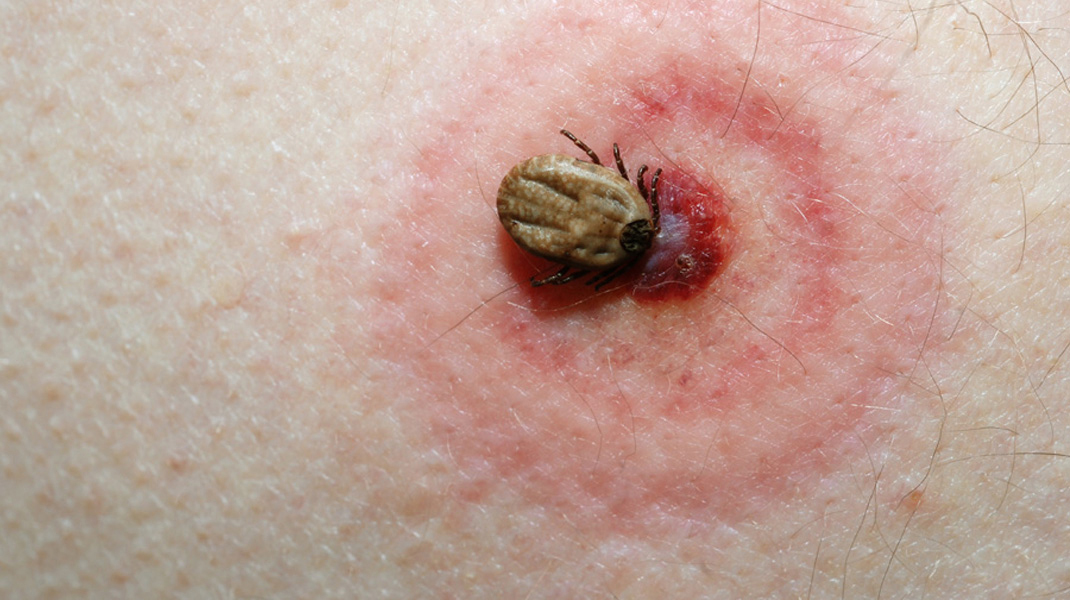
 Until we have a safe and surefire method of
Until we have a safe and surefire method of 

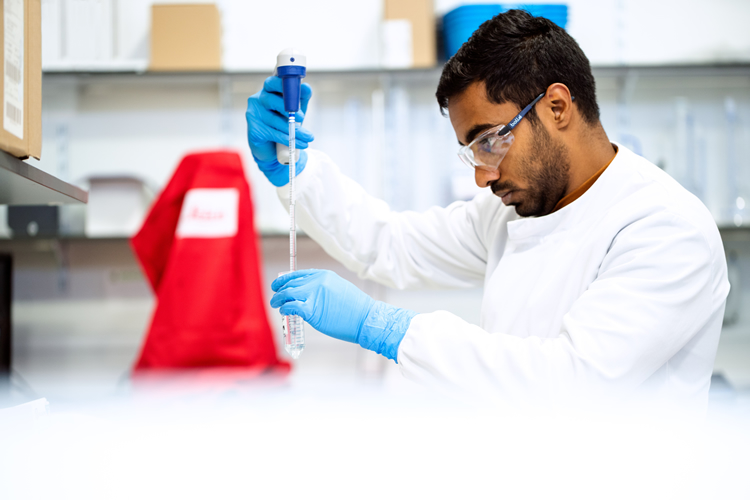
 Center for Lyme Action believes there are up to 2 million chronic Lyme sufferers in the United States. They believe the potential economic cost of Lyme disease exceeds $75 billion. Lyme is non-biased, and affects people of all ages, all walks of life. Due to the territorial expansion of tick populations, Center for Lyme Action says that ALL Americans should be worried about Lyme disease and other tick-borne illnesses. We can no longer say that tick-borne diseases are only happening in the Northeast or Southeast.
Center for Lyme Action believes there are up to 2 million chronic Lyme sufferers in the United States. They believe the potential economic cost of Lyme disease exceeds $75 billion. Lyme is non-biased, and affects people of all ages, all walks of life. Due to the territorial expansion of tick populations, Center for Lyme Action says that ALL Americans should be worried about Lyme disease and other tick-borne illnesses. We can no longer say that tick-borne diseases are only happening in the Northeast or Southeast.  The Lyme Moonshot initiative declares that accelerating efforts to
The Lyme Moonshot initiative declares that accelerating efforts to 
